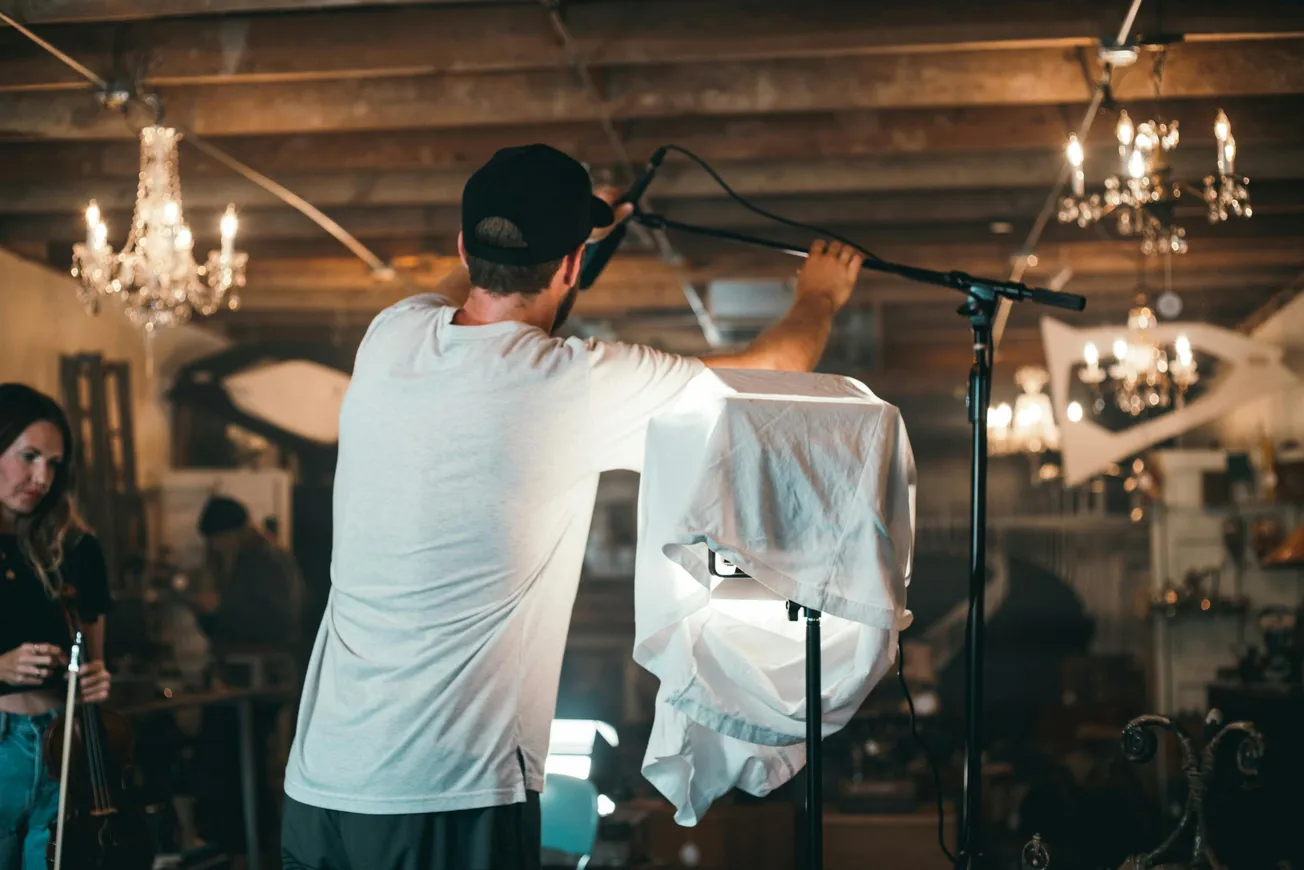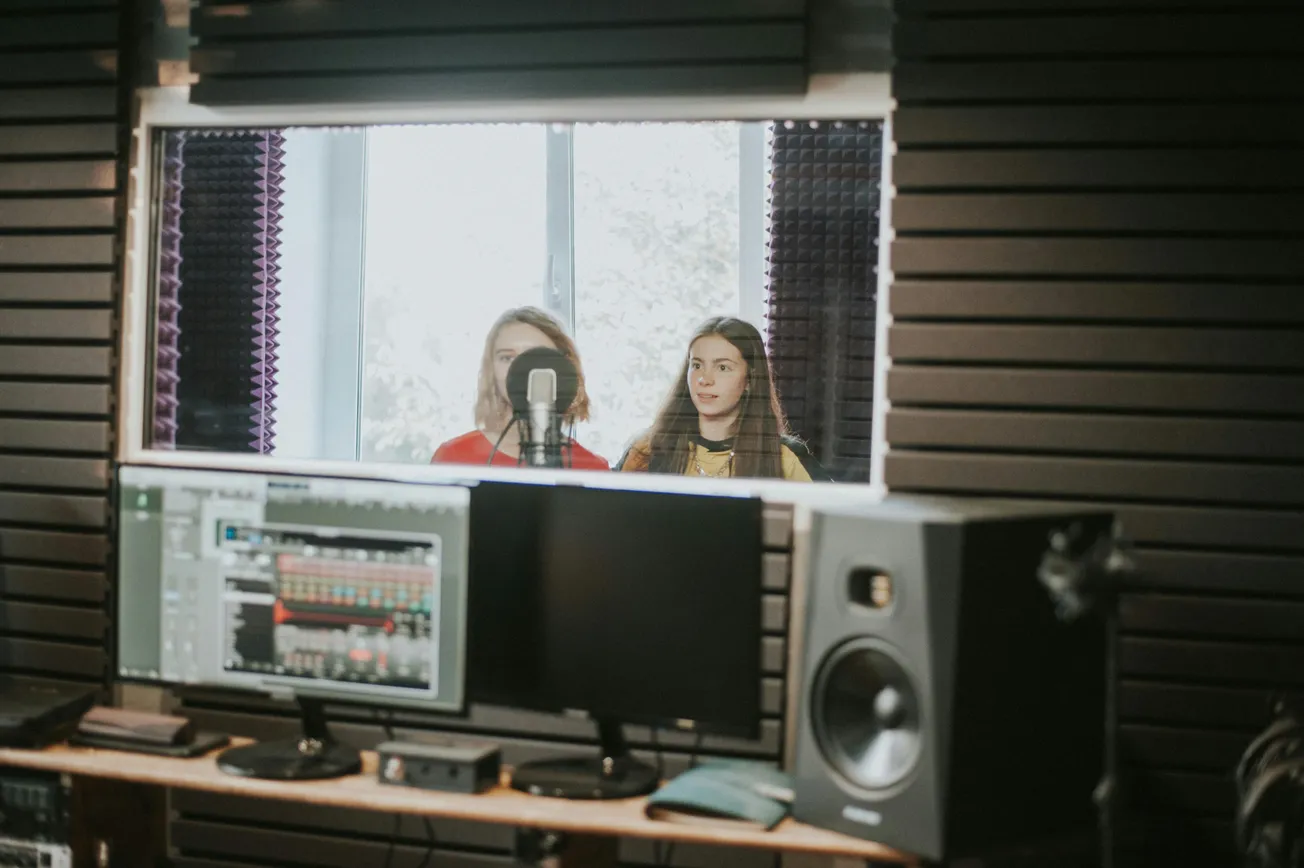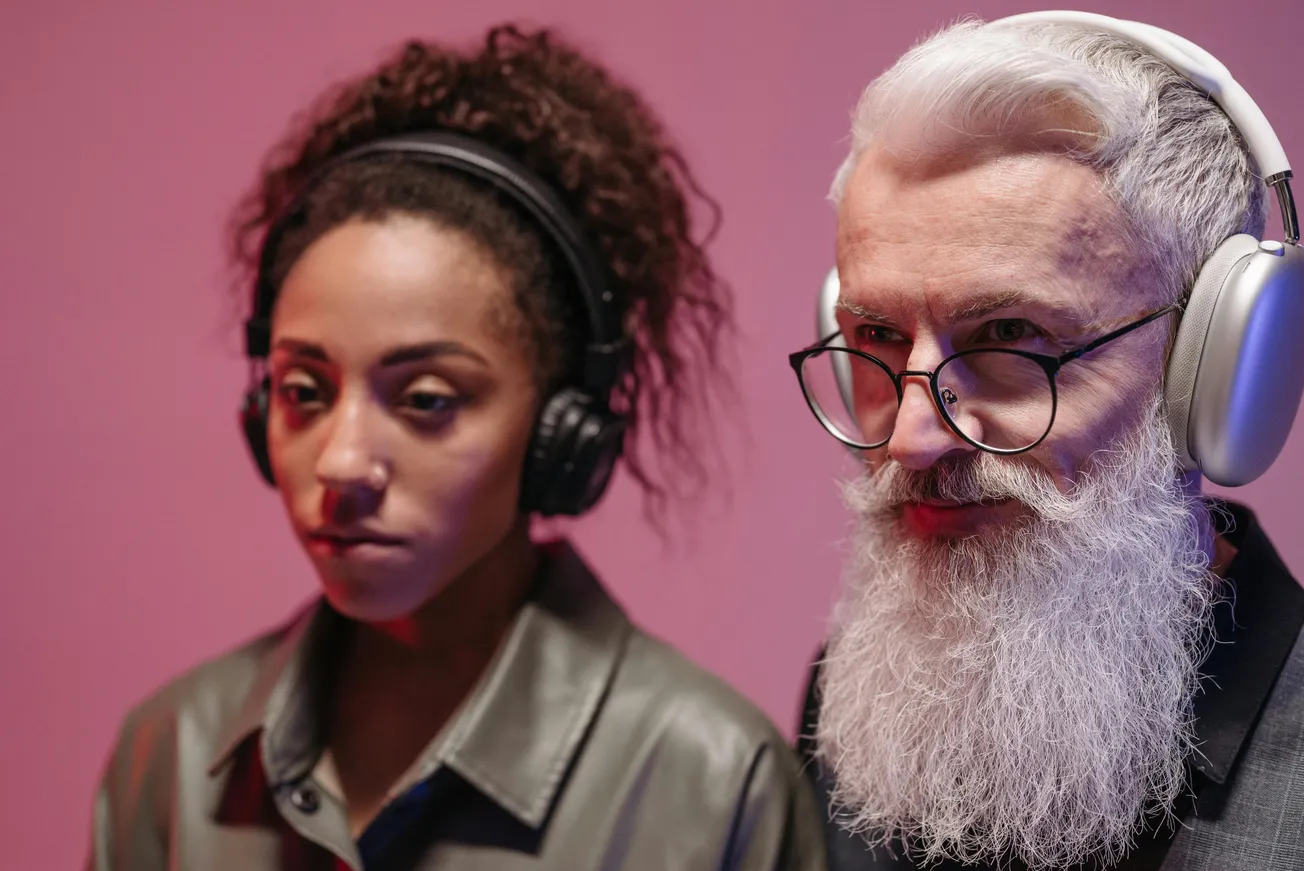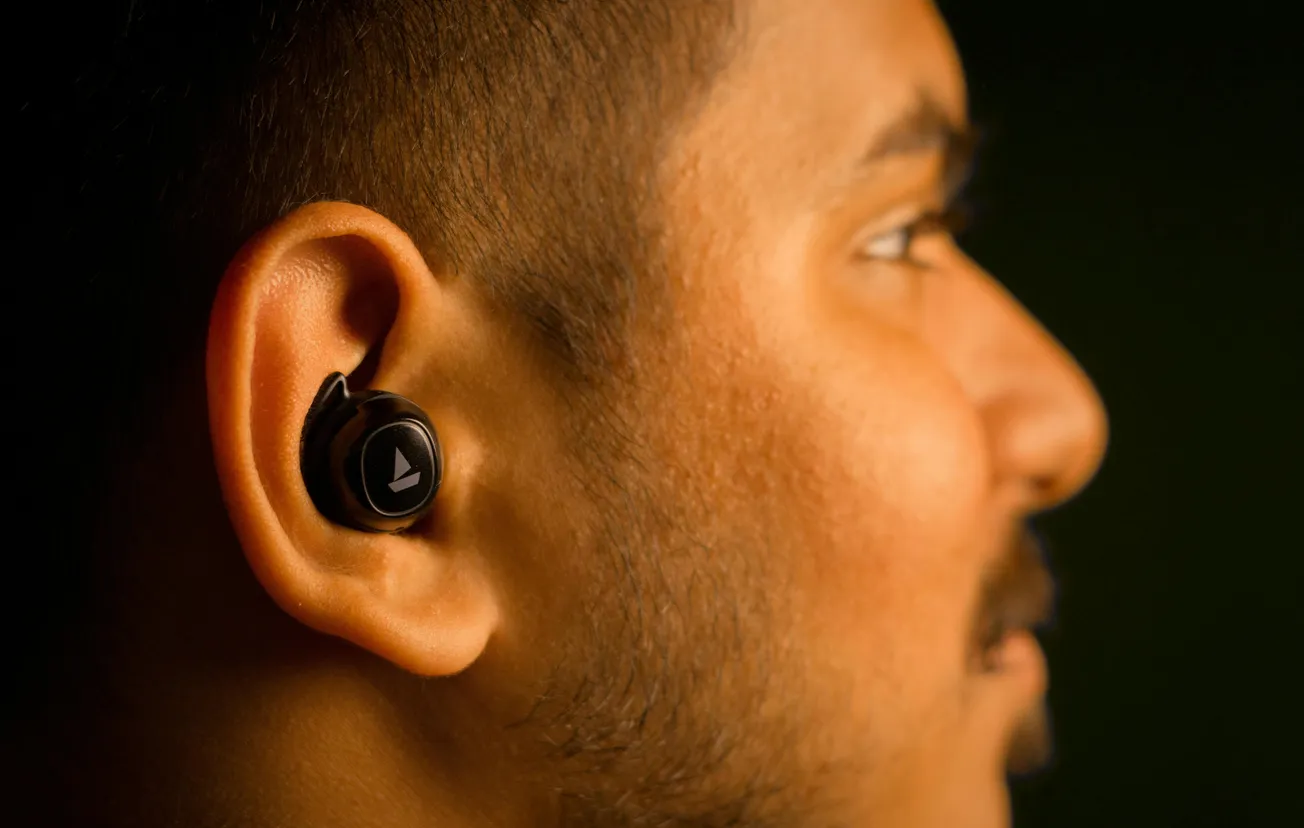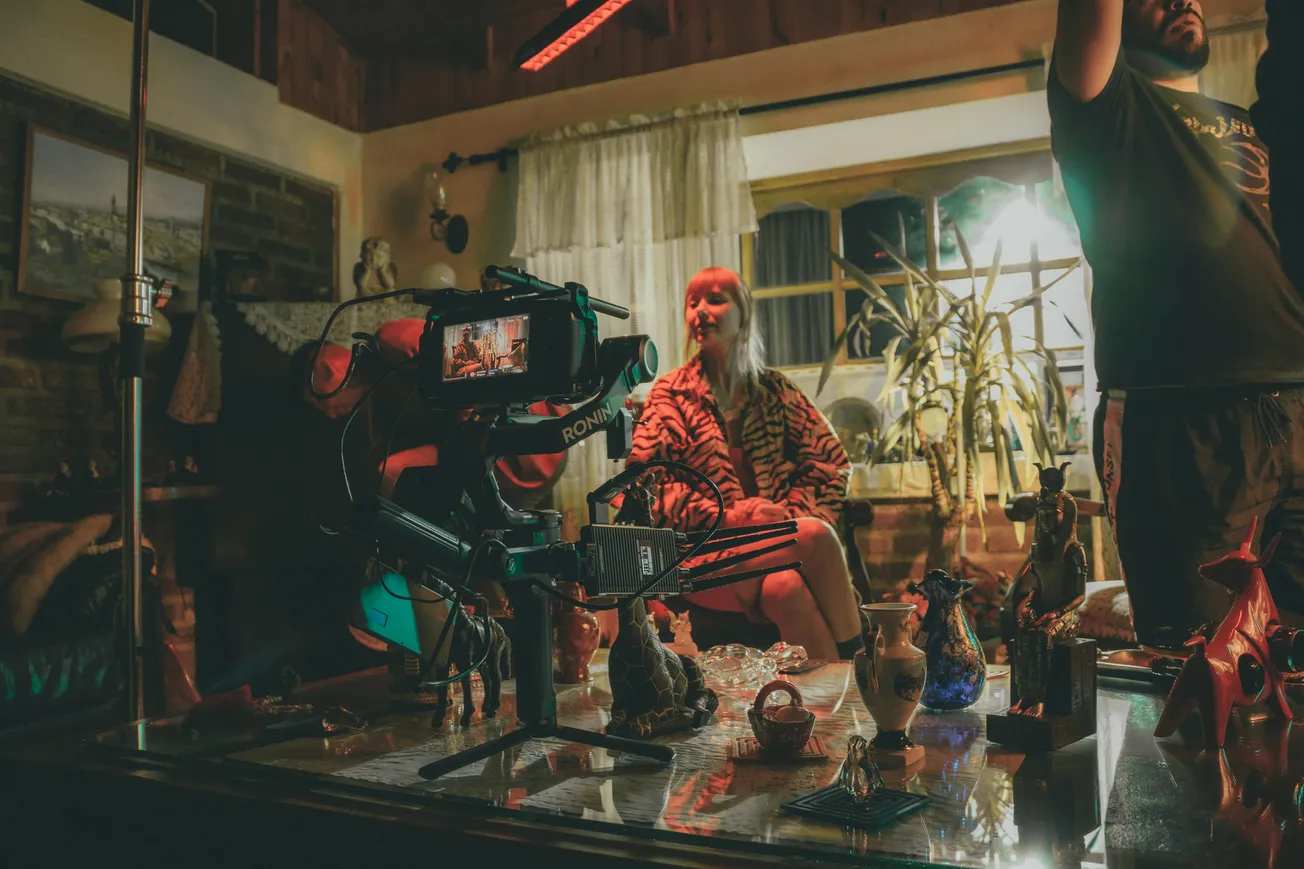While visual quality often gets the spotlight in filmmaking, audio remains a frequent weak point, especially among camera-first creators. Despite its critical role in storytelling and viewer engagement, sound is often treated as an afterthought until a problem arises.
Many filmmakers report early experiences where audio failures – like clipping, hums, or distorted dialogue – left them scrambling during post-production. The resulting frustration often turns into avoidance.
However, learning audio fundamentals can significantly reduce that stress and elevate overall production quality.
Understanding gain structure, mic placement, and signal flow doesn’t require deep technical expertise. With just a month of focused practice, most creators can overcome common audio issues like background noise, cable interference, or poorly set levels.
Modern gear, such as 32-bit float recorders, may seem like a shortcut, but even these require proper technique to be effective, especially in live or streaming situations.
Key skills to master include:
- Setting gain to avoid distortion (aim for -24 to -8 dB on dialogue)
- Identifying and eliminating hum or mic rustling
- Using balanced cables to reduce interference
- Interpreting audio meters with confidence
A basic understanding of these areas ensures cleaner recordings and less reliance on post-fix solutions. Good audio doesn't replace good visuals, but without it, the viewer experience suffers.
The takeaway is simple: audio is not inherently more difficult, just less familiar. With time invested in foundational skills, filmmakers can create more professional, polished content and reduce production stress in the process.
Rather than delegating sound or avoiding it, treat it with the same respect as lighting and composition. The payoff is not only audible but noticeable in the way audiences engage with your work.


